An attention-grabbing report suggests $1 trillion of investment is needed to electrify 100% of the nation’s truck fleet. Here’s what it got wrong.
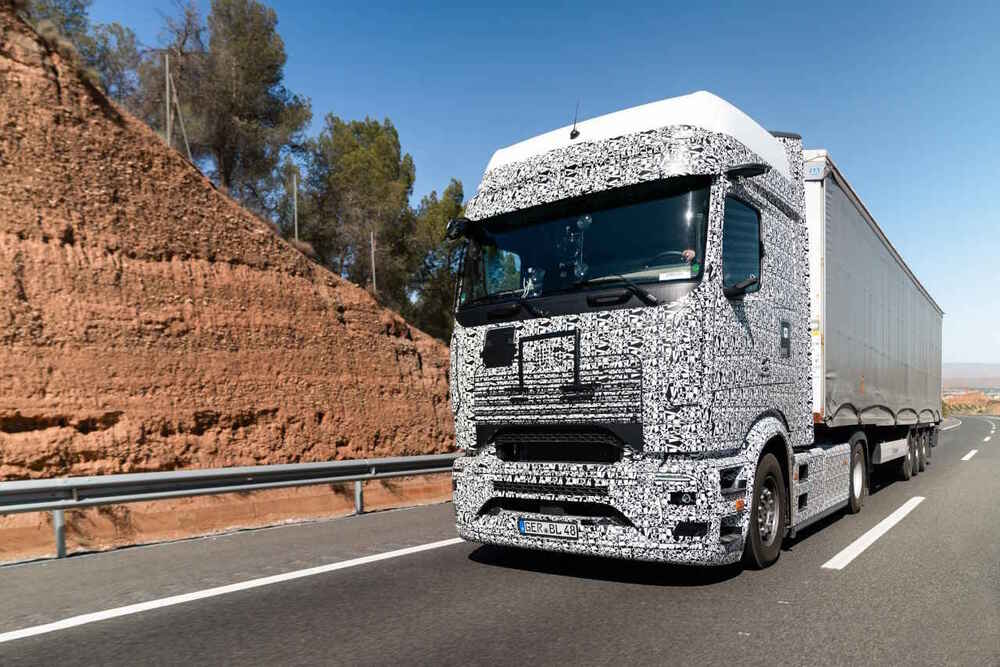

Questions to inspire discussion.
What do rental car companies need to improve?
—Rental car companies need to improve their education and communication with customers about electric vehicles to prevent incidents like getting trapped due to running out of charge.
Herbert Ong Brighter with Herbert.
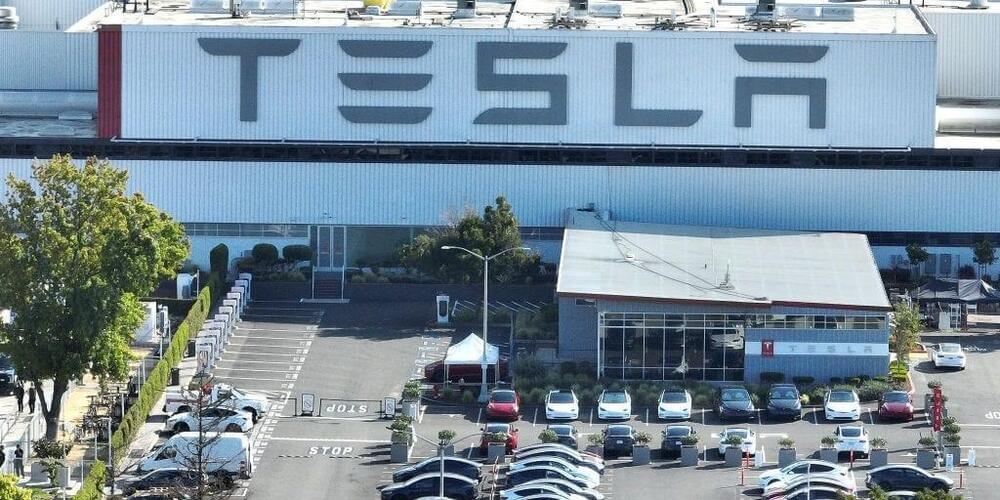
Tesla is the latest major company to lay off employees.
The company is eliminating “more than 10%” of staff globally, according to an internal memo sent by Elon Musk on Sunday, which was seen by Business Insider. The layoffs have come shortly after the carmaker posted lackluster delivery numbers.
Musk wrote in the email: “There is nothing I hate more, but it must be done. This will enable us to be lean, innovative and hungry for the next growth cycle.”
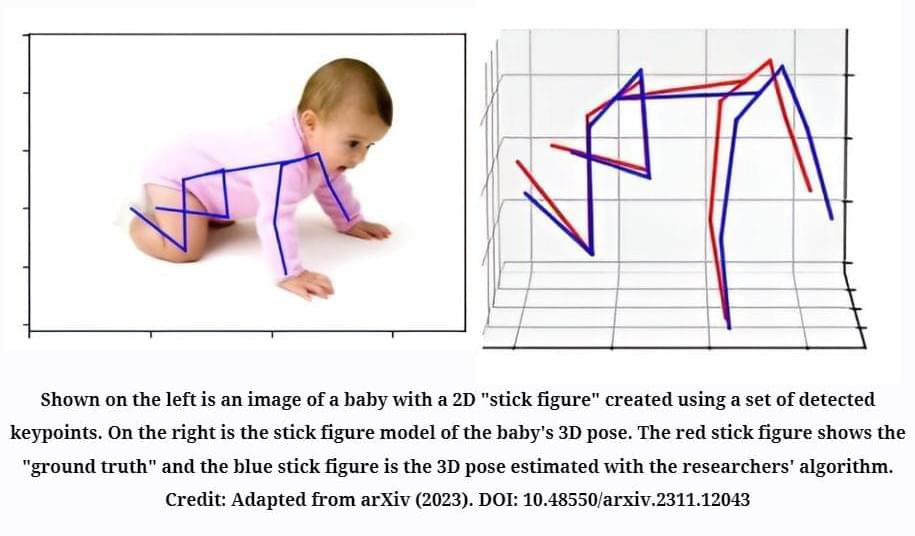
Artificial intelligence excels at sorting through information and detecting patterns or trends. But these machine learning algorithms need to be trained with large amounts of data first.
As researchers explore potential applications for AI, they have found scenarios where AI could be really useful—such as analyzing X-ray image data to look for evidence of rare conditions or detecting a rare fish species caught on a commercial fishing boat—but there’s not enough data to accurately train the algorithms.
Jenq-Neng Hwang, University of Washington professor of electrical and computer and engineering, specializes in these issues. For example, Hwang and his team developed a method that teaches AI to monitor how many distinct poses a baby can achieve throughout the day. There are limited training datasets of babies, which meant the researchers had to create a unique pipeline to make their algorithm accurate and useful.
Battery–electric vehicles have become ubiquitous as more people have realized how much less pollution they produce than traditional gas-powered cars. But another type of planet-friendly vehicle, the hydrogen car, has yet to catch on, for a few different reasons.
Now, a new technique developed by researchers at Rice University in Texas may provide the key to making hydrogen cars — and hydrogen fuel as a whole — more viable.
Hydrogen is incredibly attractive as an alternative to gas and oil — it is a storable fuel that produces no planet-overheating pollution when used. The problem, however, is that it produces a whole lot of planet-overheating pollution when it is made.
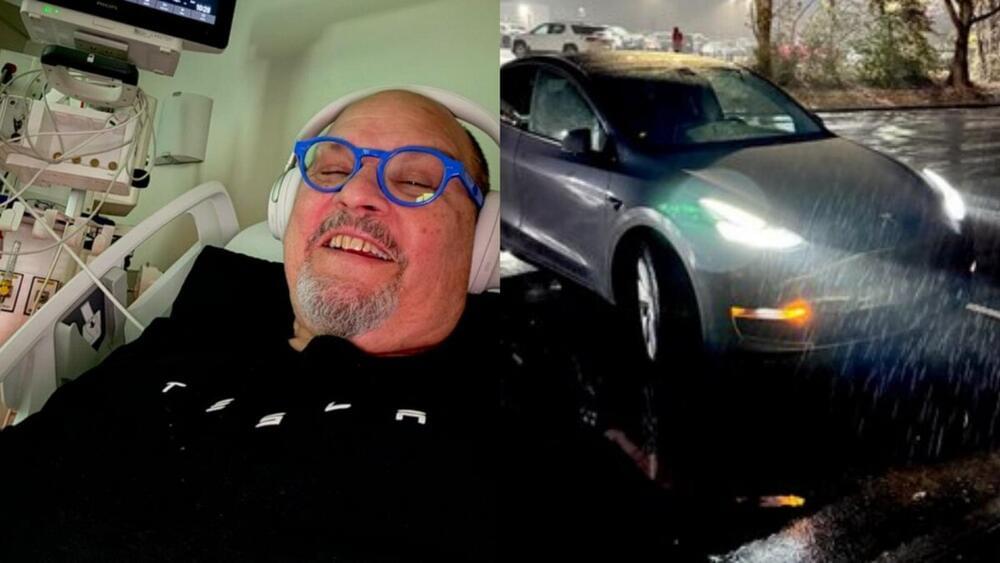
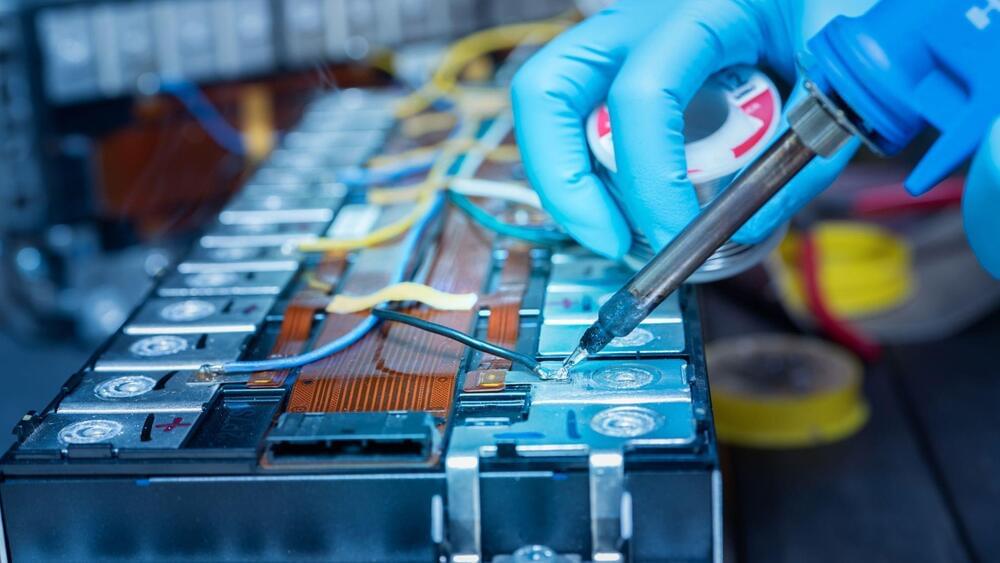
A research team led by Lynden Archer, professor and dean of Cornell Engineering, has developed a new lithium battery that can charge in as little as five minutes. This could help address anxiety associated with the charging time of electric vehicles (EVs) and increase their adoption.
In their bid to reduce emissions from transportation, countries worldwide are looking to electrify various modes of transport. Road-based transport such as cars, buses, and trucks have led this transformation, aiming to even ban the sale of fossil fuel-powered cars in the next decade.
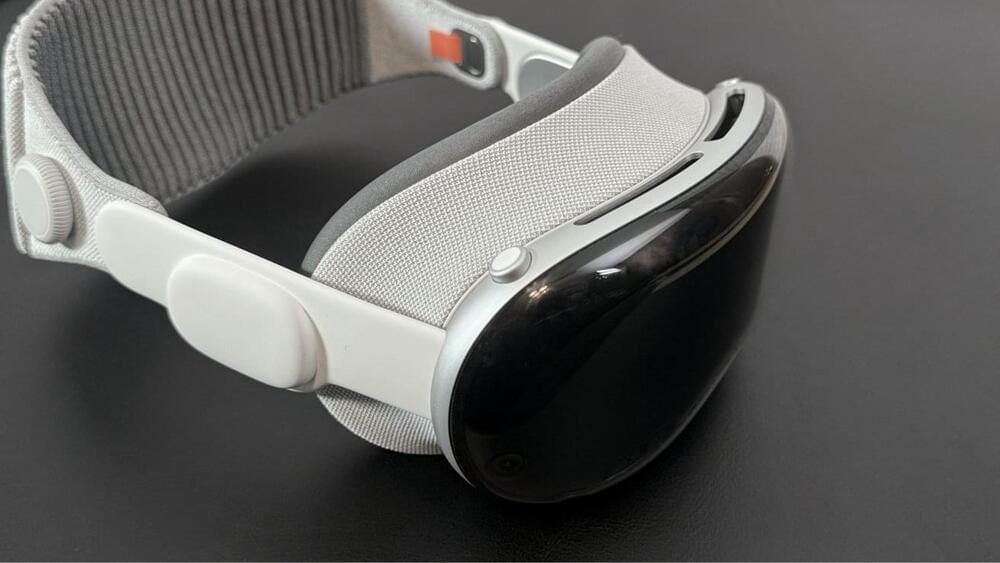
Working to promote the Apple Vision Pro as a business tool instead of solely an entertainment one, Apple has highlighted half a dozen firms from Porsche to Microsoft, who have incorporated the headset into their work.
While perhaps most attention that the Apple Vision Pro has received concerns its immersive video for entertainment, Apple has always aimed it equally at businesses. Now Apple wants to press hard on the idea of Apple Vision Pro being a tool that companies need.
“There’s tremendous opportunity for businesses to reimagine what’s possible using Apple Vision Pro at work,” Susan Prescott, Apple’s vice president of Worldwide Developer Relations and Enterprise Marketing, said in a statement. “We’re thrilled to see the innovative ways organizations are already using Apple Vision Pro, from planning fire response operations to iterating on the most intricate details of an engine design — and this is just the beginning.”
Carnegie Mellon University (CMU) researchers have developed H2O – Human2HumanOid – a reinforcement learning-based framework that allows a full-sized humanoid robot to be teleoperated by a human in real-time using only an RGB camera. Which begs the question: will manual labor soon be performed remotely?
A teleoperated humanoid robot allows for the performance of complex tasks that are – at least at this stage – too complex for a robot to perform independently. But achieving whole-body control of human-sized humanoids to replicate our movements in real-time is a challenging task. That’s where reinforcement learning (RL) comes in.
RL is a machine-learning technique that mimics humans’ trial-and-error approach to learning. Using the reward-and-punishment paradigm of RL, a robot will learn from the feedback of each action they perform and self-discover the best processing paths to achieve the desired outcome. Unlike machine learning, RL doesn’t require humans to label data pairs to direct the algorithm.